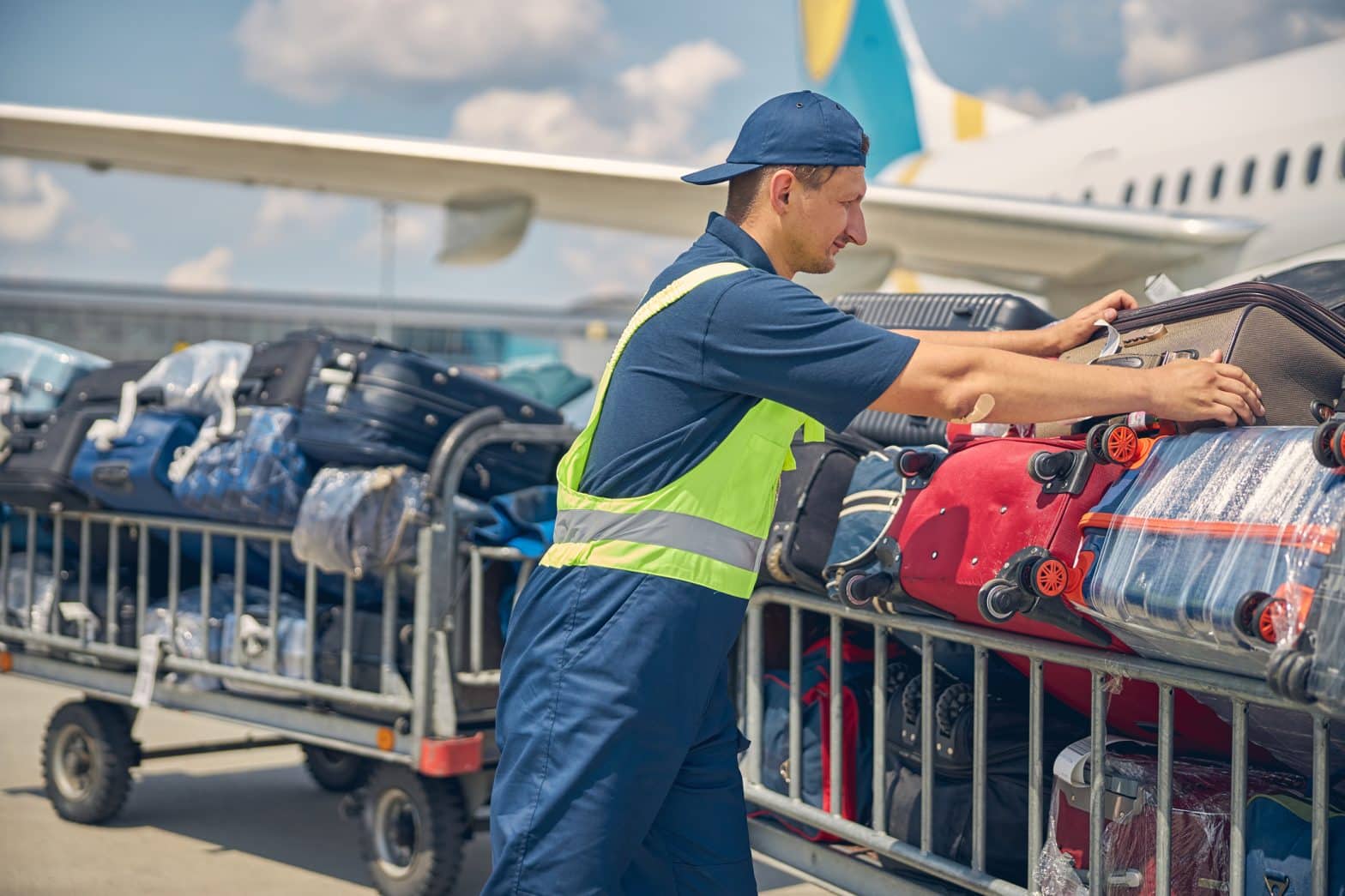Logic might tell you that the people most likely to suffer workplace accidents are those who do the most dangerous jobs.
A recent study, however, finds that isn’t the case.
According to researchers, workers whose occupations are extremely dangerous—from wellhead pumpers on oil rigs to boilermakers—are actually less likely to get injured on the job than workers with moderately hazardous jobs, such as airport baggage handlers, welders and pest-control workers.
In one experiment, the researchers used data from the Labor Department in 2019 to determine the injury rate for 571 occupations. They found that the injury rate for dangerous professions such as wellhead pumpers and boilermakers was about three per thousand workers, compared with 23 per thousand for pest-control specialists, 43 per thousand for baggage handlers and almost 120 per thousand for welders.
When moderate is dangerous
In fact, when the authors plotted out their results from this study, they found an inverted U shape, with accidents per thousand workers highest for jobs often considered moderately hazardous and lower for jobs often considered more dangerous. Less-hazardous professions such as human-resource specialist or loan officer had low injury rates, as one might expect.
The authors found a similar inverted U-shaped pattern in a second study in which they used data from the Transportation Safety Board of Canada to plot the correlation between the number of maritime accidents and sea and wind conditions. They found that the highest accident rate happened when sea and wind conditions were slightly elevated or moderately hazardous.
“Workers tend to behave differently when they know the situation is very dangerous,” says James Beck, an associate professor at the University of Waterloo in Canada and one of the paper’s co-authors. In hazardous environments people will act cautiously, donning life jackets, helmets, reducing speed or following rigid rules and procedures, but that isn’t usually the case when the situation seems only moderately dangerous, he says.
Videogame test
To better understand how workers behave, the authors conducted a third study in a laboratory where they asked 92 undergraduates to play a videogame simulating a warehouse. Participants were told they would be paid 10 cents for every box placed on a shelf over a certain period. But there was a wrinkle: They were told that some shelves in the nearest storage area were unstable and more likely to collapse, while shelves in a storage area further away were stable and wouldn’t break. If a shelf collapsed, participants would lose 20 cents. Consequently, participants had to make a choice between efficiency and risk.
During each simulation, the study subjects were told the closest shelves had either a 10%, 30% or 50% chance of collapse. But there was no way to know which shelves in the closer storage area would collapse or even if a shelf actually collapsed until the game ended.
The mean number of accidents during the simulation was 0.78 when participants were told the shelves in the nearest area had a 30% chance of collapse—the medium condition. When participants were told that there was a 50% chance that shelves would collapse, the mean number of accidents was only 0.45. And when participants were told there was only a 10% chance of collapse, the mean number of accidents was 0.49.
“There was a 66% increase in the number of accidents during the moderately hazardous simulation compared to the other two simulations,” says Beck.
In practical terms, the results suggest companies should train workers to take a lot of precautions when the overall level of risk increases only slightly. That might seem counterintuitive to most workers and managers since many people have a hard time conceptualizing risk. But Beck says it is likely to reduce the number of workplace accidents or injuries.













